We double the capacity of the radio network. Results of implementation of Cambium Elevate on networks of operators
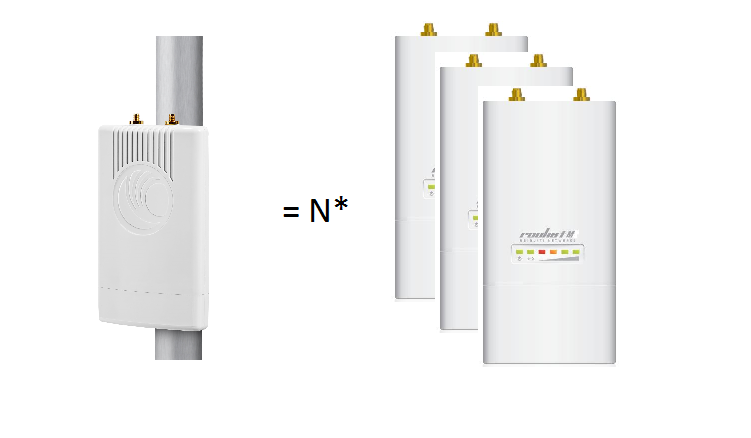
No matter how mobile operators propagandize 4G networks, and now the future 5G - the fixed wireless broadband market does not even think to decrease.
As practice has shown, no matter how much G is in the cellular standard - it’s impossible to provide truly unlimited communication within the cellular technology, and even with new G-standards we still consider GB traffic, and the content is getting harder (thanks to 4K-cinema and abundance of heavy advertising).
By the way, the content also affects the requests of customers of fixed radio networks. If earlier they had enough speeds of 1-3 Mbit / s, now this is clearly not enough - we need tens and hundreds of megabits for everyone. On the other hand, the road of extensive development (obtaining additional frequencies) is almost exhausted - the air is not rubber, and it is expensive. Therefore, now, more than ever, there was a question about the efficiency of using the available frequency resource.
Last year, Cambium offered the idea of Elevate - software for low-cost hardware that allows it (without changing subscribers) to work with Cambium base stations with all their advantages - frequency reuse and honest TDMA. A few months passed, and here are the first practical results.
Today, we will look at two examples of networks that have achieved significant performance gains by replacing base stations with Cambium ePMP equipment and installing Elevate software on subscriber devices.
Such a network upgrade scheme allows us not to change the numerous client devices that make up most of the cost of the sector.
Example 1:
Base station (BS) Rocket M5, Tx = 20 dBm, frequency 5,250 MHz, channel width 20 MHz, sector 90 degrees antenna with a gain of 17 dBi. Subscriber stations (AU) Nanostation M5 in the amount of 27 pcs. connected to the base at a distance of up to 2 km with a RSSI signal of at least -75 dBm. AC output power is set to 18 dBm.

Fig. 1 Scan air Rocket M5
The broadcast at the operating frequency of 5250 MHz is relatively clean. Figure 2 shows a screen shot of the BS configuration and speaker settings.
Signal levels of subscriber devices
')

The network provides Internet access service with a tariff of 5/2 Mbit / s (DL / UL).
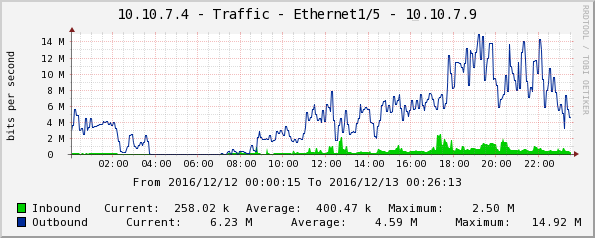
Fig. 3 UBNT BS daily loading schedule, 27 clients (Cacti)

Little. However, maybe customers do not need more? Let's check.
We will conduct a minimal network upgrade: we will replace the base station with ePMP1000 GPS Sync, we will replace the software in the subscriber devices.
BS V.3.2 firmware, NS M5 firmware - v.3.2.1 RC5. BS ePMP1000 GPS Sync Frequency 5200 MHz, channel width 20 MHz, output power 21 dBm. 27 NS M5 Elevate customers connected.

At the time of testing we will remove the bandwidth limitations for customers:
Figure 9 presents the Cacti chart of the daily load of the BS ePMP1000 GPS Sync sector with 28 clients.

Fig. 9 Schedule daily load sector ePMP GPS Sync, 28 clients

We see that customers are happy to consume three times more traffic than it was originally.
Perform a load test:
Practical load
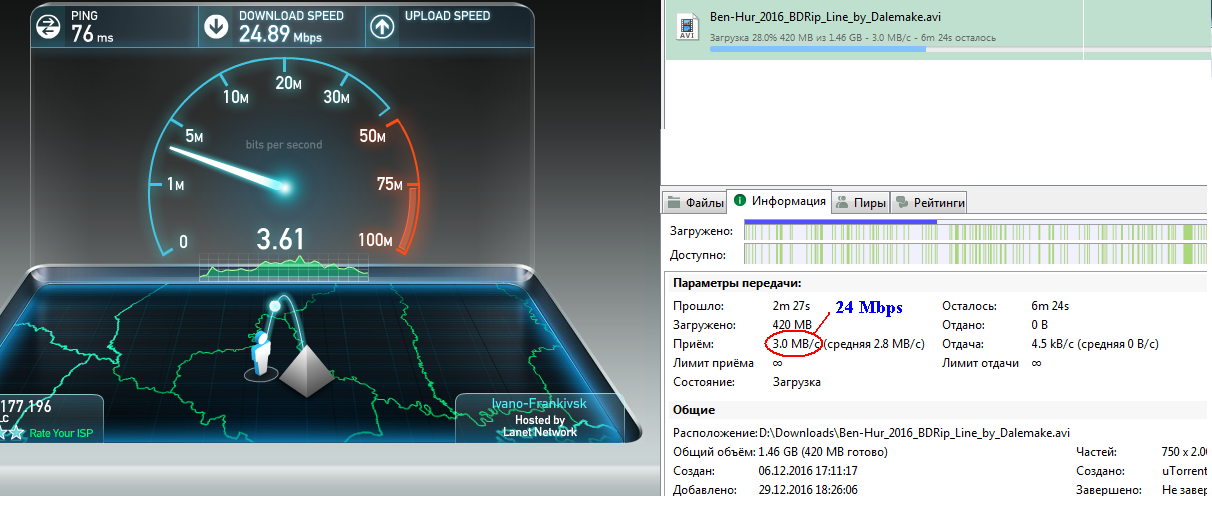
And a built-in traffic generator

As a result of switching to Elevate with 27 subscribers:
- The bandwidth per subscriber increased, which made it possible to increase tariffs from 5/2 Mbit / s to 20/2 Mbit / s;
- The capacity and utilization of the sector increased from 15 Mbit / s to 52 Mbit / s;
- The latency in the channel has slightly increased, which is explained by the use of the TDMA access protocol with a fixed frame length of 5 ms.
However, the operator’s task has not yet been fulfilled - an increase in the number of connections per sector.
Double the number of connections. Now in the sector as many as 54 subscribers:

Fig. 13 ePMP GPS Sync sector daily load, 54 clients (Cacti)

Fig. 14 Connection parameters of NS M5 Elevate clients

Fig. 14 (cont.) Connection parameters of NS M5 Elevate clients
Result with 54 subscribers
As a result of the increase in the number of clients, the average traffic load of the ePMP1000 GPS Sync sector increased to 19 Mbps, and the maximum sector load was 44.59 Mbps.
Figure 15 shows the delay between the ePMP1000 GPS Sync BS and the UBNT Elevate AC, as measured by the Ping utility at the maximum BS load.

Fig. 15 The delay in the channel at the maximum load sector, 54 customers
Test from one of the clients during peak hours of network load

Fig. 16 Built-in client speed test Test MAC **** CE: 3B

Fig. 17 OOKLA speedtest from test client
The effect after a twofold increase in the number of subscribers (from 27 to 54):
- The maximum capacity of the BS sector is still twice the same sector parameter on UBNT twice!
- Optimal tariff plans are still twice as high as with UBNT;
- Network latency remains within normal limits.
Example 2
It was - the base station (BS) Rocket M5 Titanium, the output power of 17 dBm, the frequency of 5300 MHz, the channel width of 20 MHz, the sector 90 degree antenna UBNT AM-M-V5G-Ti with a gain of 17 dBi.
Subscriber stations - Nanobridge M5, Nanobeam M5, Powerbeam M5 (total 44 pcs.) - are located at distances from 2 to 7 km. Tariffs: 2 Mbit / s (6% of customers), 4 Mbit / s (74%), 8 Mbit / s (20%).
RSSI signals on all clients are good, below -70 dBm - units, high modulation, data rate are mostly 130/130, 130/117. In fig. 18 shows a screen for the BS configuration and client connection parameters.


Fig. 18 Sector Rocket M5 Ti. Connection parameters of 44 clients

Figure 19 shows the daily load of the BS UBNT sector with 44 clients
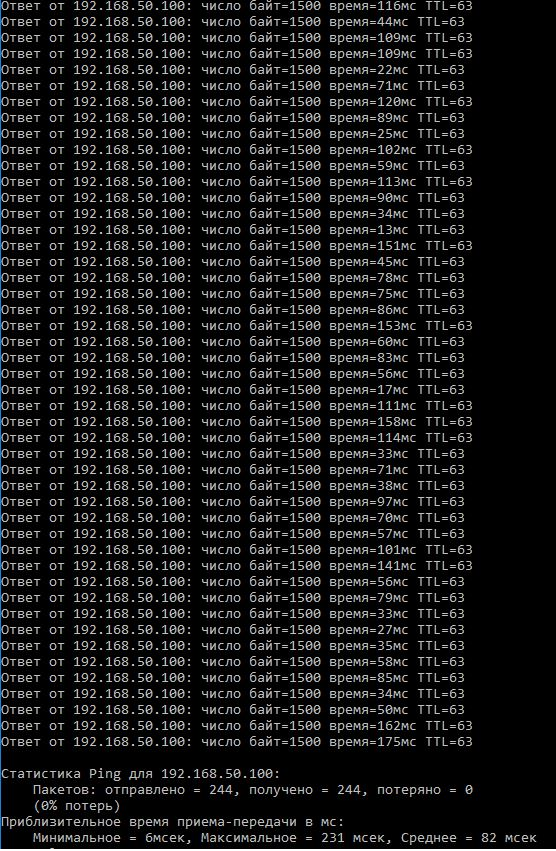
Fig.19 Daily load schedule of the sector Rocket M5-Ti with traffic of 44 subscriber stations
The average daily load of the Rocket M5 Ti sector at 20 MHz with 44 clients servicing is 14.5 Mbit / s, the maximum is 32.65 Mbit / s.
Fig. 20, 21 shows the delay between BS UBNT and AC "TEST" and the screen OOKLA speedtest with AC "TEST" MAC *** 95: C9 during peak hours (at the time of maximum sector loading in the evening), measured by the Ping utility with the maximum BS load on packets with a length of 1500 bytes.

Fig. 20 Delay in the UBNT network when servicing 44 speakers on the sector Rocket M5-Ti, channel width 20 MHz
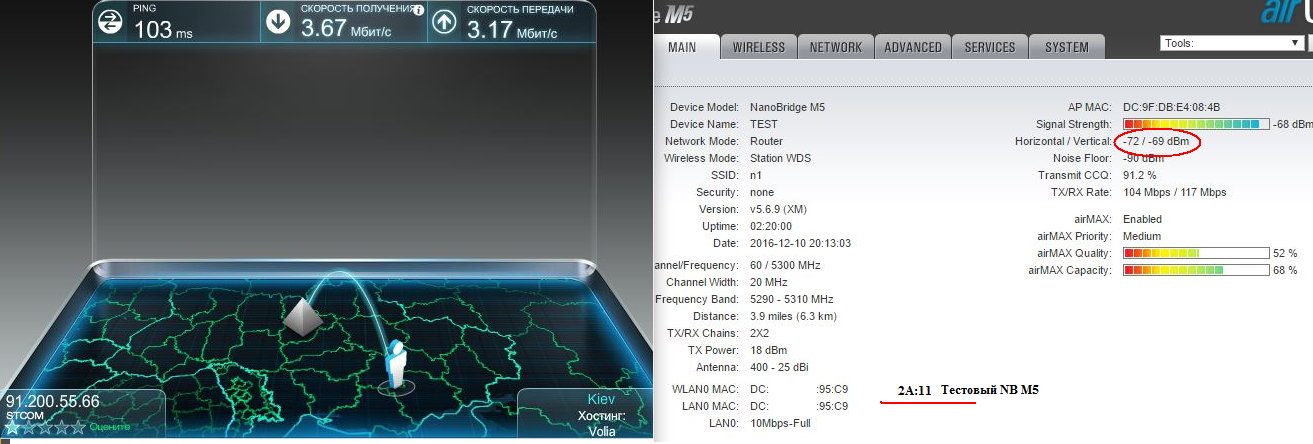
Fig. 21 Test speed test client (range from the BS 7 km) OOKLA speedtest
As can be seen, the farthest client (working with the data rate of 104/117 Mbit / s) receives 4 Mbit / s access speed during peak hours. To provide him with a tariff of 8 Mbit / s is impossible.
Baseline data for modernization:
- The maximum daily load of the UBNT Rocket M5-Ti sector with 44 clients is 32.5 Mbps at 20 MHz;
- During peak hours, customers do not get speeds above 4 Mbps.
Re-use the budget option to upgrade ePMP1000 GPS sync. In addition, we will add an additional 37 “native” subscriber modules to the sector (mix of ePMP ISM and Force180). The total number of subscribers in the sector was 82: NanoBrige M5, NanoBeam M5, PowerBeam M5 with ePMP Elevate software in the amount of 45 pcs. (range 2 ... 7 km) and AC ePMP ISM / Force 180 in the amount of 37 pcs. (range 2 ... 4 km).
Tariffs used: 2 Mbit / s (8% of customers), 4 Mbit / s (67%), 8 Mbit / s (25%). On a controlled device, the speed limit has been removed.

Fig. 22 Connection parameters to BS ePMP GPS Sync 82 AU ePMP and UBNT Elevate

Fig. 22 (cont.) Connection parameters to ePMP GPS Sync 82 AU ePMP and UBNT Elevate BS
In fig. 23, 24 are graphs of daily load of the ePMP BS sector with 82 clients in the 20 MHz and 40 MHz frequency bands (40 MHz, of course, not everyone has, but rather a demonstration of the base station processor performance).

Fig. 23 Schedule of daily loading of the ePMP GPS Sync sector, HRU 20 MHz with traffic of 82 subscriber stations, max download 52 Mbps


Fig. 24 Schedule for daily download of the ePMP GPS Sync sector, 40 MHz RFID with 82 subscriber stations, max download 83 Mbps
In fig. 25, 26 are screenshots of the delay of the ping utility of the test client in the RF of 20 and 40 MHz.
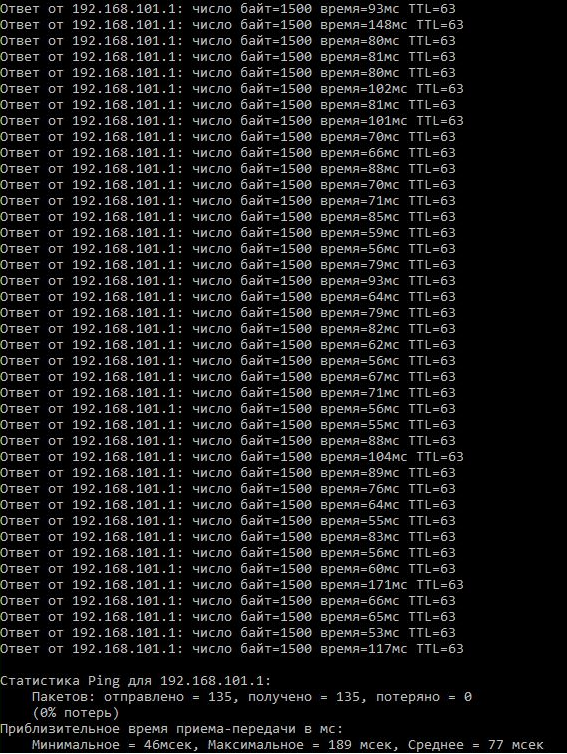
Fig.25 Delay in channel 20 MHz, 82 AC are serviced in the sector

Fig.26 Delay in the 40 MHz channel, 82 AC are serviced in the sector
In fig. 27 shows screenshots of signal parameters, LinkTest and OOKLA Speedtest client in the 20 MHz channel, and in fig. 28 - in the 40 MHz channel.
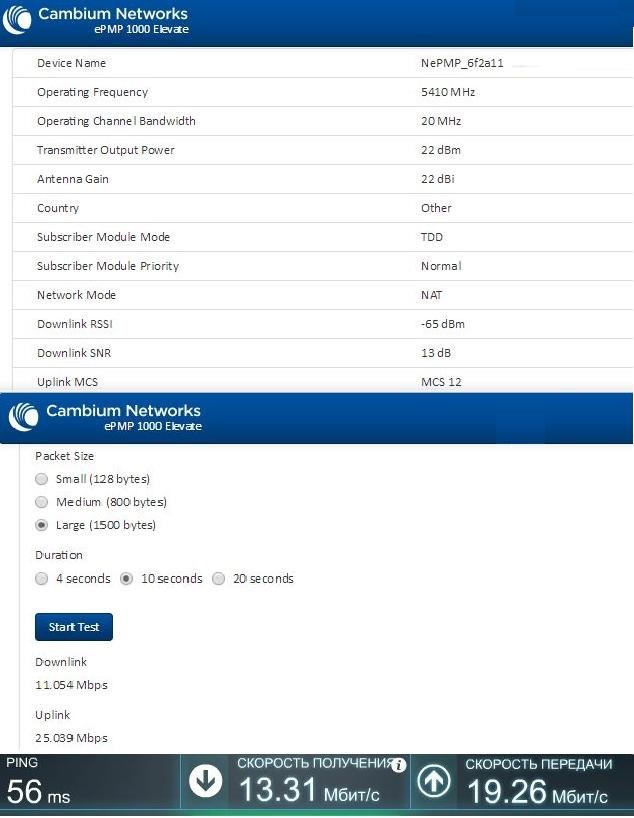
Fig. 27 LinkTest, OOKLA speedtest, 20 MHz channel

Fig. 28 OOKLA speedtest, 40 MHz channel
The effect of modernization
- Despite the almost twofold growth of subscribers (from 44 to 82), the maximum sector capacity increased: from 32.5 Mbit / s (20 MHz, 44 clients) to 52.8 Mbit / s (20 MHz, 82 clients), 83 Mbit / s (40 MHz , 82 clients);
- The maximum access speed during peak hours for subscribers increased from 3.5 to 13 Mbit / s. Customers with a tariff of 8 Mbit / s began to receive their service at rush hour. Service plans remained unchanged, but with twice the number of clients served;
- The network latency is reduced to more acceptable values: from avg / max 82/230 ms to avg / max 77/189 ms with twice the number of clients served and sector loading;
- Customers were able to view online video in HD quality.
General conclusions:
- The use of ePMP 1000 GPS sync allowed doubling the capacity of sectors by connections and almost doubling their bit capacity.
- The effect of replacing a base station is almost equivalent to obtaining a second set of frequencies, replacing antennas with narrowly directed ones, and installing new UBNT sectors.
- Using GPS synchronization will allow even more efficient use of frequencies, or receive less frequencies for the same subscriber and bit capacity.



Under radio interference conditions, it is recommended to use base stations of the 2000 series with an out-of-band interference filter and an adaptive receiving antenna.
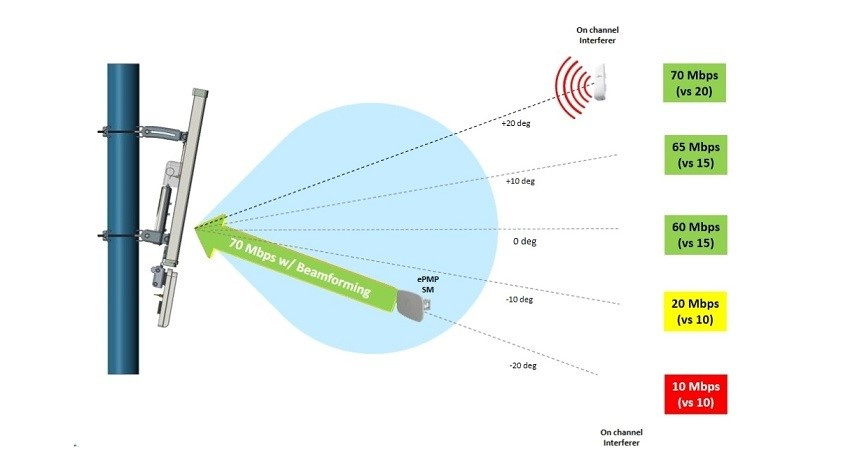

PS Anyone who wants to test Cambium Elevate equipment on their network can be completely free of charge (that is, free) to get CompTek base stations ePMP 1000 GPS sync with 30 Elevate licenses for a period of 4-6 weeks.
And those who already have a positive experience with Elevate can save a lot by purchasing ePMP base stations with donated (i.e. free) installed Elevate licenses: ePMP 1000 GPS sync with 10 licenses, ePMP 2000 with 20 licenses and ePMP 2000 with 30 licenses ( when purchasing an adaptive antenna).
Source: https://habr.com/ru/post/328846/
All Articles